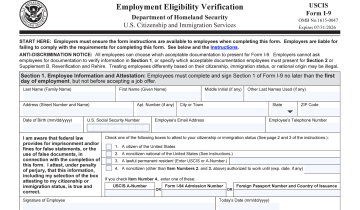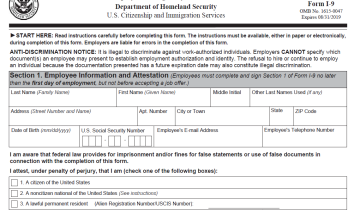Colorado was the first state to enact pay transparency legislation in 2021. Since then, the state has amended the initial legislation, and several other states and municipalities have enacted similar laws or have pending legislation. As of this writing (February 2024), a number of states and cities have laws in place requiring the inclusion of pay ranges on job postings, with numerous other states and cities prohibiting employers from asking about an applicant’s pay history. Illinois passed a law that becomes effective on January 1, 2025, and a handful of states and the federal government have introduced related legislation that has yet to be enacted.
Currently in effect:
| Alabama | California | California, San Francisco |
| Colorado | Connecticut | Delaware |
| Hawaii | Kentucky, Louisville—applicable only to applicants of Louisville Metro | Maine |
| Maryland | Massachusetts | Minnesota |
| Missouri, Kansas City | Missouri, St. Louis—limited to St. Louis city public employers | Nevada |
| New Jersey | New Jersey, Jersey City | New York State |
| New York, Albany County | New York, Ithaca | New York, New York City |
| New York, Suffolk County | New York, Westchester County | Ohio, Cincinnati |
| Ohio, Columbus | Ohio, Toledo | Oregon |
| Pennsylvania, Philadelphia | Rhode Island | South Carolina, Columbia |
| Vermont | Washington |
Effective at a future date:
- Illinois—effective January 1, 2025
Proposed legislation, not yet enacted:
- Federal
- Michigan
- Pennsylvania
- Washington, D.C. The D.C. mayor signed the Wage Transparency Omnibus Amendment Act of 2023 on January 12, 2024. Congress has 30 days to review and potentially overturn the act.
Although these laws are consistent in requiring the disclosure of pay ranges, they are not consistent in their requirements for what and when disclosure is required. Most fall into three general categories:
- Some states require the disclosure of wage ranges in job listings; others require it only upon candidates’ request or when a job is offered.
- Some states require the disclosure of the pay range and the position’s total compensation, including bonuses, commissions, and benefits.
- Some states require the disclosure for remote positions, while others require it for hybrid or in-office jobs.
Candidate/Employee Experience
An April 2023 Gartner survey reported that 68 percent of candidates expect salary information to be included in job postings; 64 percent indicated they are more likely to apply to a job that lists the compensation for the position; and 44 percent determined they would not apply for a job that did not list a salary range.
However, employers must be cognizant that advertising a range that is too wide may send an unintended message to applicants that the organization is not serious about its intention of transparency. This can ultimately create a misalignment of candidate expectations, resulting in higher recruiting costs, increased declined offers, and decreased efficiency for recruiters.
Many employers are concerned that posting pay ranges may result in discontent among their current employees. Ensuring a published pay range incorporates the current range for incumbents in the position will help proactively address that concern. Some companies calculate the range by taking the average rate for the position and then applying a range of 25 percent below and above the average to create the range. This, of course, does not reflect market value but does address internal equity. An additional comparison against market value will ensure the job is priced competitively.
Employer Actions
Employers must be aware of the geographic range of their job postings to ensure they meet the various pay transparency requirements. If a job is posted nationally, all state and local requirements listed above must be met or exceeded. Consider incorporating information required under the most stringent state law or local ordinance, such as including not only the base pay range but also any commissions or bonuses and benefits information in all postings.
Based on the research on applicant behavior, employers should consider including pay information in all postings regardless of the jurisdiction where the job is located and advertised. Doing so may increase the number of qualified candidates who are also open to the pay and benefits associated with the position.






